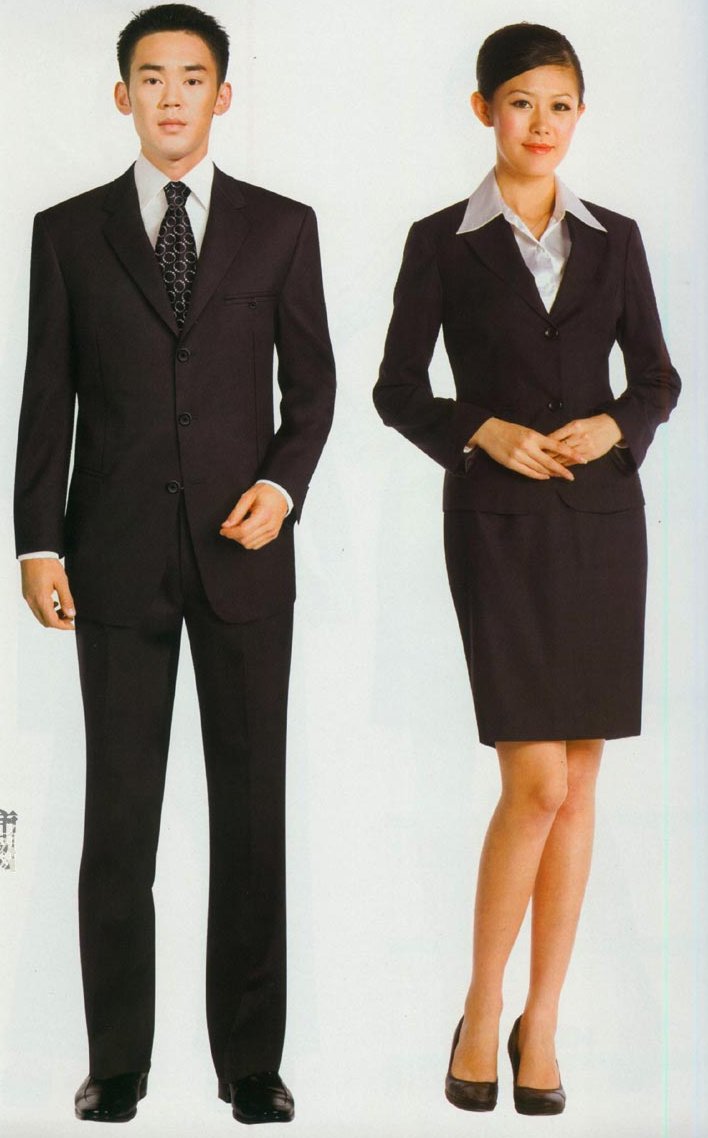The Benefits of Professional Work Wear in the Artisan Sector


By definition, an artisan supplies a high-quality, distinctive product, created using tried-and-true methods. No matter what high-quality product an artisan chooses to create for the benefit of the general public, anyone working in the artisan sector should unquestionably present an image of professionalism appropriate to the quality of the product being sold. The best way to present oneself as a professional in the artisan sector is, naturally, to dress as a professional.
For example, a client is choosing between two similar products created by two independent artisans. The two products being offered are comparable in both quality and price. Additionally, both products’ representatives are highly knowledgeable and confident in the product that they have created. The client meets with the representative of the first product. The representative is dressed as though he or she had just returned from, say, a trip to the gym, clad in sweatpants, tennis shoes and a T-shirt.

While this representative clearly knows his or her product very well, the client may be, whether consciously or merely subconsciously, put off by this particular artisan’s manner of dress, even if all other aspects of professionalism are apparent. Later, the same client meets with the independent representative of the second product.
This artisan is dressed in a professional manner, in work clothes by engelbert strauss, with neat trousers, a well-ironed top and high-quality, well-polished boots. He or she is equally confident in the product being offered. While the client’s judgment, again, may be subconscious, he or she will view the artisan’s manner of dress as directly related to the reliability of the product. The artisan is essentially placing a face onto his or her brand with these impeccable, high-quality work clothes.
The client, in most cases, will choose to purchase the product being offered by the professionally dressed artisan. First impressions are vital in sales, particularly in the artisanal sector, where transactions are made based on quality rather than quantity, and a major component of all first impressions is appearance, which any professional will augment based on manner of dress. In this particular hypothetical sale between an artisan and a client, the artisan’s benefit was clear; he made a transaction, and earned a client’s trust, money and respect based not only on his knowledge of the product, but on his professional attire.
Dressing professionally in the artisan sector also facilitates respect from those that sales are not necessarily directed towards, such as competitors and co-workers. While traditional corporate dress codes may not be enforced within the artisan sector, implementing business-casual or higher standards of attire successfully puts forth the message that the company or representative takes its product extremely seriously.
Exhibiting professional standards of attire in a company with multiple employees can often motivate one’s coworkers to dress the same, and the entire company benefits from putting its best, well-dressed foot forward, so to speak. Fellow competing artisans will also potentially see the company or individual as “a force to be reckoned with”; the quality of the product is reflected in the quality of its distributor, and this often translates into higher sales.
In a quality-driven sales environment such as the artisan sector, where traditional, old fashioned business methods are of the utmost importance, professional workwear will always have many positive influences in terms of generating both profit and a highly reputable brand name.
